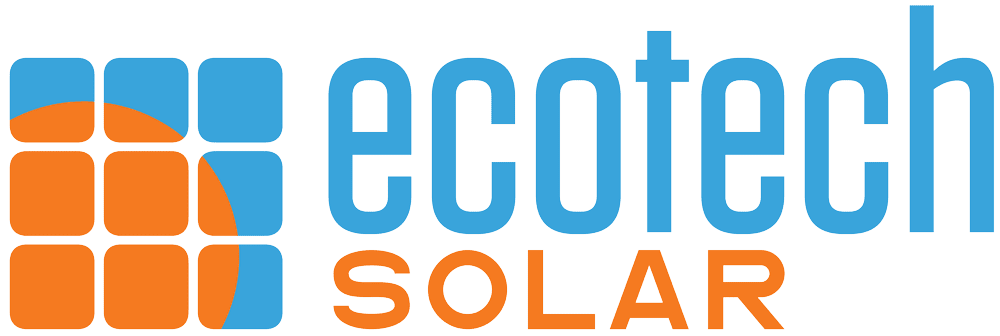Solar Math Made Simple
If you are an Ecotech Solar customers with Puget Sound Energy (PSE), you’re likely enrolled in the Net Metering program. That means your solar system “trades” electricity with the grid — and your utility bill reflects this partnership.
But let’s be honest: understanding your PSE bill when you have solar can be confusing. There are a few numbers that get thrown around — production, consumption, returned energy, kilowatt-hour credits — and it’s not always clear what they all mean or how they relate to each other.
Let’s break it down in a very simple way.
What You Need to Know About Your Meters
There are two types of meters you might have:
- Production Meter – Some solar systems (especially older systems) have a second meter that tracks total solar power your panels produce, regardless of where that power goes.
- Net Meter – This is the main utility meter on your home – and a special, bidirectional type. It measures electricity flowing both into and out of your home. That means:
- When you use more electricity than your solar is making, you pull power from the grid (ie. rainy days and at night)
- When your solar is making more than your home is using, you send the extra power back to the grid and earn credit (peak daytime).
- If you have a newer solar system, you probably only have a net meter.
The Basics of How Solar Powers Your Home
Think of it like this:
- Your solar panels power your home first.
- If your panels make less than your home needs, you draw the rest from the grid.
- If your panels make more than your home needs, the extra gets sent to the grid and you earn credits.
If you’re looking at your online solar monitoring (like from SMA, APS, or the Ecotech Solar App), it shows your total solar production. But that number doesn’t match what you see on your utility bill — and here’s why:
The Simple Math
Let’s say your system makes 100 kWh in a day.
- Your home uses 30 kWh while the sun is shining.
- The extra 70 kWh goes back to the grid (you get credit for this).
Here’s the key equation:
Total Solar Production – Energy Sent to Grid = Daytime Home Usage
In this case: 100 – 70 = 30 kWh used directly by your home during the day
But what about dawn, dusk, or cloudy moments, when your solar isn’t covering everything? Your solar production is entirely consumed by the home, and your Net Meter imports electricity to “cover the gap” and keep everything powered.
Understanding Your Net Meter Bank
If you send more energy to the grid than you use, PSE adds credits to your Net Meter Bank.
If you use more energy than you send, PSE uses up your credits — and if your bank is empty, you’re charged for the difference.
Key Formula:
Returned to Grid – Electricity Pulled from Grid = Net Change in Bank
- Your PSE Bill will list what’s added and what’s deducted.
So What’s On My Bill?
You may see up to three line items from your meters:
- Solar Production (only if you have a production meter)
- Energy to PSE – how much you sent back to the grid
- Energy from PSE – how much you pulled from the grid
Plus a section showing your Net Meter Bank:
- Your current credit balance
- How much was added or subtracted this month
Why It Might Not Match Your Solar App
Your solar app shows gross production — how much your system made in total.
But your utility bill shows what actually flowed to and from the grid. It doesn’t see the solar power that was used directly in your home, because that never touched the grid. For systems without a production meter, these kilowatt-hours were never counted by a meter.
Bottom Line
Here’s the simplest way to understand it all:
- Your solar powers your home first.
- Extra solar goes to the grid, and you earn credits.
- When you need more power than your solar makes, you pull from the grid and spend those credits.
- If your Net Meter Bank runs out, you get billed for the difference.
But here’s something many people overlook:
Some of the biggest savings come from the solar power your home uses right away during the day — before it ever hits the grid. This direct usage doesn’t show up on your bill or in your net meter credits, but it’s energy you didn’t have to buy from PSE.
Hopefully this helps you not just understand your bill, but also recognize the quiet benefit of solar: it’s saving you money even when the meter isn’t counting it.
